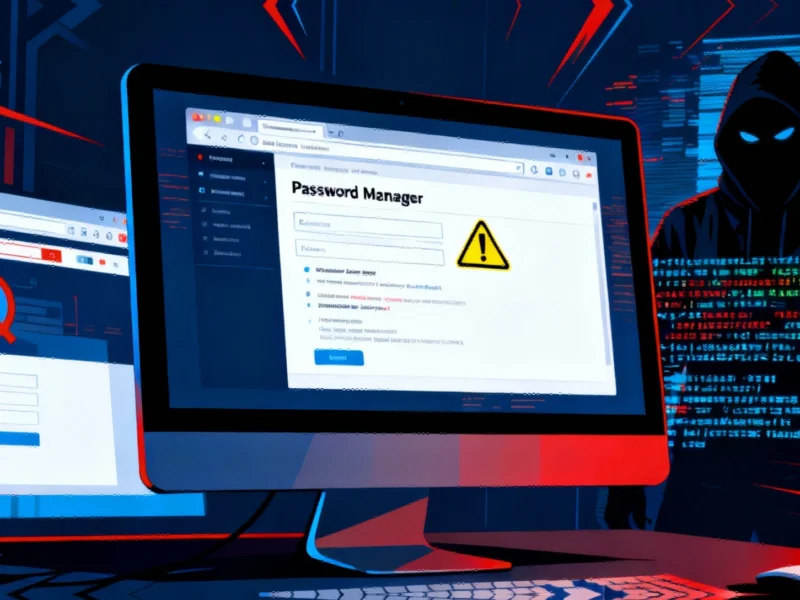Major Certificate Revocation Operation
Microsoft Threat Intelligence has reportedly revoked more than 200 certificates that were fraudulently signed by threat actors and used in fake Microsoft Teams setup files to deliver backdoors and malware. According to reports, the campaign was identified in late September and involved sophisticated social engineering techniques to compromise users.
Sophisticated Social Engineering Tactics
The threat actor, tracked as Vanilla Tempest by Microsoft and known as Vice Spider and Vice Society by other security firms, leveraged SEO poisoning and malvertising to trick users into downloading malicious MSTeamsSetup.exe files. Sources indicate that victims searching for “Teams download” were redirected to spoofed websites hosting the fake installers through domains including teams-download[.]buzz, teams-install[.]run, and teams-download[.]top.
Backdoor Deployment and Timeline
Analysts suggest that Vanilla Tempest incorporated the Oyster backdoor into their attacks as early as June 2025, but began fraudulently signing these backdoors in early September 2025. The report states that to authenticate the fake installers and post-compromise tools, the threat actor used multiple code signing services including Trusted Signing, SSL[.]com, DigiCert, and GlobalSign.
Financial Motivation and Ransomware Links
Security researchers have identified the threat actor as financially motivated with a focus on deploying ransomware and exfiltrating data for extortion purposes. According to the analysis, links between this group and Rhysida ransomware were established in 2023 following numerous incidents affecting the U.S. healthcare sector. The campaign represents ongoing industry developments in cybercrime methodology.
Protection and Mitigation Measures
Microsoft has confirmed that fully enabled Microsoft Defender Antivirus blocks this threat, with Microsoft Defender for Endpoint providing additional guidance for mitigating and investigating the attack. The company’s security team has been actively monitoring recent technology threats and responding to emerging cybersecurity challenges across digital infrastructure.
Historical Context and Previous Campaigns
Vanilla Tempest has been highly active since at least 2021, with security researchers documenting their evolving tactics. In 2022, the group conducted a series of ransomware campaigns targeting the education sector in both the UK and US. These persistent threats highlight the importance of robust security measures against market trends in cybercrime.
The cybersecurity landscape continues to evolve with related innovations in both attack and defense strategies. As organizations navigate these challenges, understanding the connection between various threat actors and their methodologies becomes increasingly important for comprehensive protection. This incident follows other significant cloud infrastructure disruptions that have highlighted vulnerabilities in modern digital ecosystems.
Meanwhile, regulatory responses to digital challenges continue to develop, as seen in recent legislative efforts addressing technology governance. The technology sector also witnesses strategic partnerships, such as Nvidia’s collaboration with Samsung, that shape the competitive landscape. These industry developments occur alongside ongoing concerns about infrastructure resilience, as detailed in analysis of critical vulnerabilities exposed by recent service disruptions.
Microsoft’s security team continues to share updates and findings through their official channels, including recent communications about the threat landscape. The response to this campaign demonstrates the ongoing cat-and-mouse game between security professionals and determined threat actors in the digital realm.
This article aggregates information from publicly available sources. All trademarks and copyrights belong to their respective owners.
Note: Featured image is for illustrative purposes only and does not represent any specific product, service, or entity mentioned in this article.



